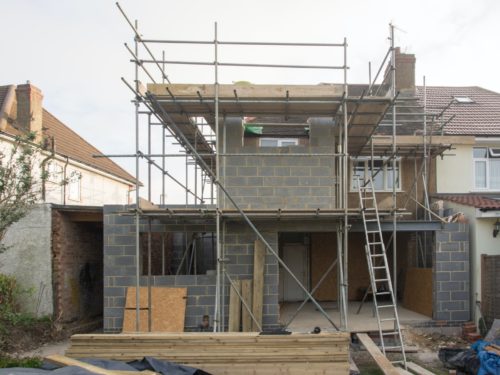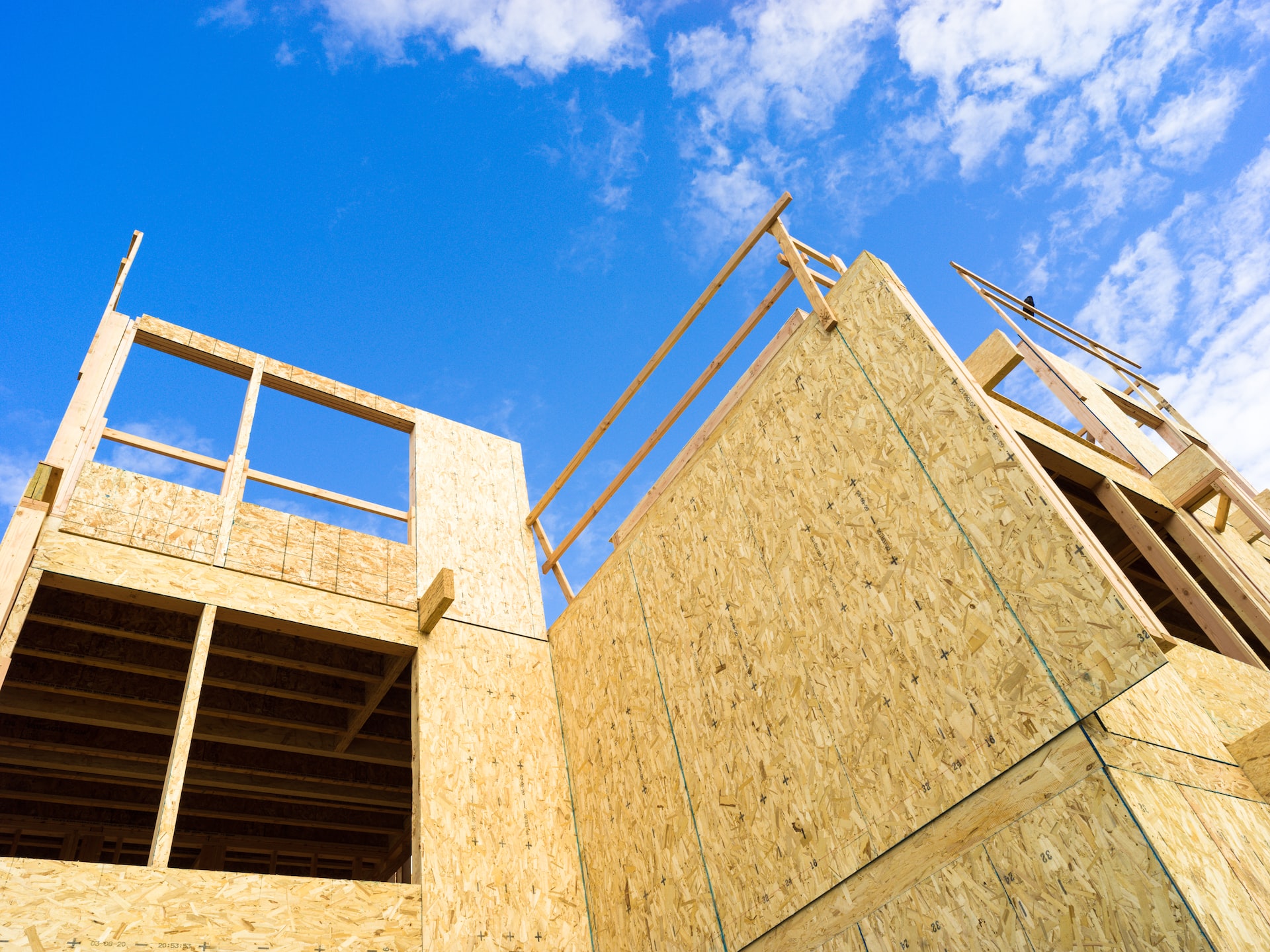Eager to make affordable, day-to-day living as simple as possible? Are you looking for a way to construct safe and comfortable housing that won’t break the bank or require extensive maintenance down the line?
Look no further – with this guide on how to build strong and secure temporary, but durable constructions for your own house, you’ll be well on your way towards having a sustainable shelter quickly built. We will take you through each step in the process so you have all the necessary information and tools at your disposal; from obtaining materials inexpensively to efficient construction methods. Before long, you could find yourself comfortably moved into a home of your own making!
Identify Your Needs
When approaching the task of making temporary, but durable housing, the first step is to identify your needs. Consider factors such as the climate and local building codes and regulations—these will all play a unique role in making sure your shelter is structurally sound, practical, and safe. It’s important to know what resources are available in your area so that you can use them efficiently. Making sure that you have a secure foundation for your housing project is key—this will help you maximize the durability and longevity of your project.
Additionally, take into account items like materials, tools, and budget when creating a successful plan for temporary but durable housing. A little bit of research upfront can go a long way toward helping create a secure space.
Pick The Right Housing Type
To ensure you make the right choice for your temporary living situation, take time to determine what type of housing suits your needs best. There are several options available, including urban apartments and rural cottages.
Urban housing provides the convenience of having stores, restaurants, and other services nearby, while rural housing solutions like tiny homes or yurts provide a more subdued atmosphere that can be beneficial in certain situations. As seen at https://quonsetkits.com Quonset barns can also be easily adapted to different living situations. So before you commit to any type of housing, make sure it fits your lifestyle and requirements. Take into account the space you need, access to transportation, and other services you might need in order to make sure this step of your transition is as stress-free as possible!
Design A Plan That’s Right For You
Designing a temporary housing structure is an exciting project — not just because of the prospect of having a more comfortable home, but also for the creative challenge it offers. To make sure your plan is right for you, take some time to sketch out what you need and want before implementing it. Even if you’re working with tight budget constraints or property limitations, there are bound to be workable options available that can produce great affordable results.
Put in the effort upfront to make sure your design meets your requirements and captures your aesthetic preferences while staying within your means — and don’t forget to revisit it periodically to ensure its durability over time.
Build With Care And Quality In Mind
Take advantage of the resources available in your area, such as reclaimed materials and reused items to help save money while providing a sturdy foundation for your housing project. Depending on the climate and soil conditions where you’re building, it may be necessary to add additional support structures or reinforcements to your walls; this is especially important if you’re constructing a structure that’s intended for long-term use. And finally, make sure to follow all local building codes and regulations so that you can be sure your housing solution meets safety requirements.
Prepare For The Future
Even though you’re creating a temporary housing structure, it’s important to plan for the long term. It’s wise to think about maintenance needs in the future, including how often repairs will need to be done and what type of materials you should use if replacements are necessary. Additionally, consider if upgrades might be necessary down the line as your living situation changes.
For instance, your plan today may not include running water or electricity, but by anticipating these needs and making sure the structure is built with these features in mind, you can avoid having to rebuild from scratch later on.

Creating a temporary living situation doesn’t have to be daunting; with the right strategy and approach, you can design a space that satisfies your needs today while keeping an eye on the future. With these tips in consideration, you can create an effective, durable temporary housing solution that will serve you well even in the longer term. Make sure to do your research, pick the right housing type, design a plan that works for you, build with quality and care in mind, and prepare for future needs — and soon you’ll have an ideal temporary space of your own!

